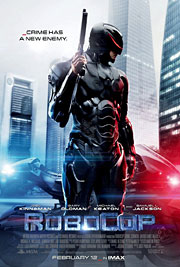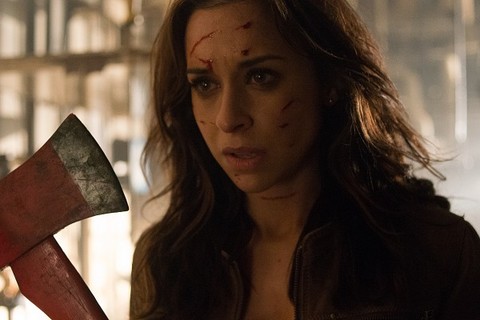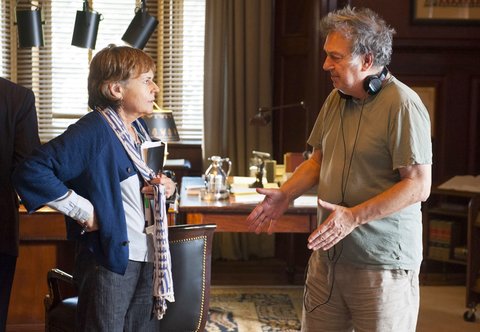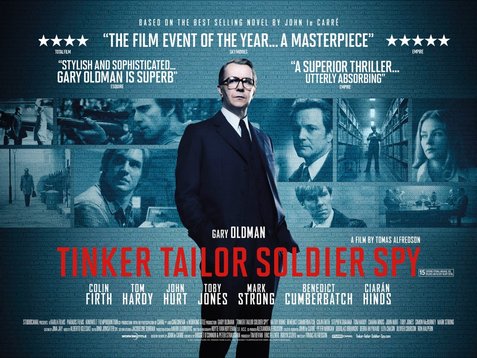
At the rate that Hollywood is plowing its way through Paul Verhoeven’s sci-fi catalog, you’d expect Vegas bookies to start slashing the odds on an eventual “Starship Troopers” remake. Though it’s only been two years since fanboys got their panties in a bunch over Len Wiseman’s “Total Recall” reboot, many of those same fans have been dreading the release of the new “RoboCop.” It will probably come as a surprise, then, that the film isn’t nearly as bad as people feared it would be. In fact, it boasts a better cast, better effects and a better story, even if the 1987 original – which is admittedly pretty cheesy by today’s standards – is still the better movie. So why bother with this remake? For starters, because it’s not really a remake at all, instead taking the basic premise and carving its own path that falls more in line with current politics.
The year is 2028, and with the exception of the United States, the rest of the world is now policed by a robot military force operated by technology giant OmniCorp. The government has blocked the use of robots in the U.S. due to the belief that they can’t be held accountable for killing, so OmniCorp CEO Raymond Sellars (Michael Keaton) decides to give the American public someone they can identify with by putting a man in a machine. And it’s not long before they find the perfect subject when Detroit cop Alex Murphy (Joel Kinnaman) is critically injured in a car bombing after he’s targeted by a local drug kingpin. With the help of Dr. Dennett Norton (Gary Oldman), a pioneer in robotic prosthetics, Sellars convinces Alex’s wife, Clara (Abbie Cornish), that the procedure is the only way to keep him alive. But the very thing that makes Alex unique (his emotions) also affects his performance in the field, and when Norton tries to counteract that by programming his brain to act more like a machine, Alex’s human side begins to fight back as he investigates his own murder.
You can follow us on Twitter and Facebook for content updates. Also, sign up for our email list for weekly updates and check us out on Google+ as well.
Posted in: Entertainment, Movie Reviews, Movies
Tags: Gary Oldman, Joel Kinnaman, Michael Keaton, RoboCop, RoboCop review















